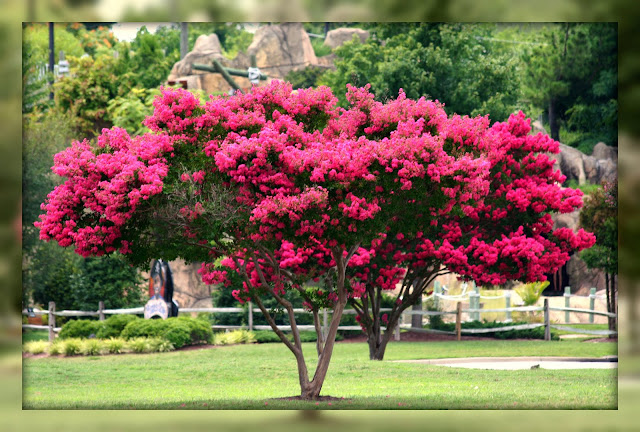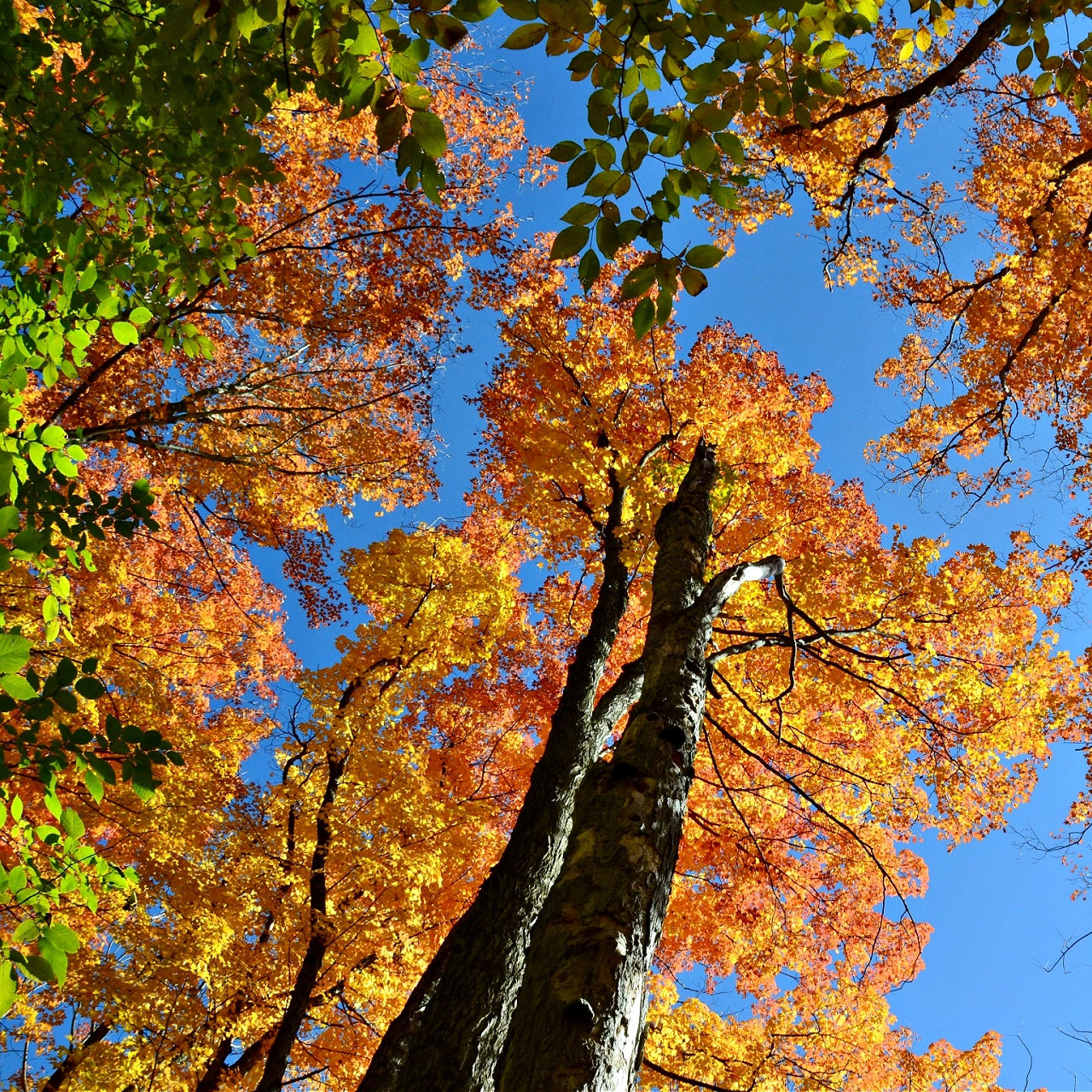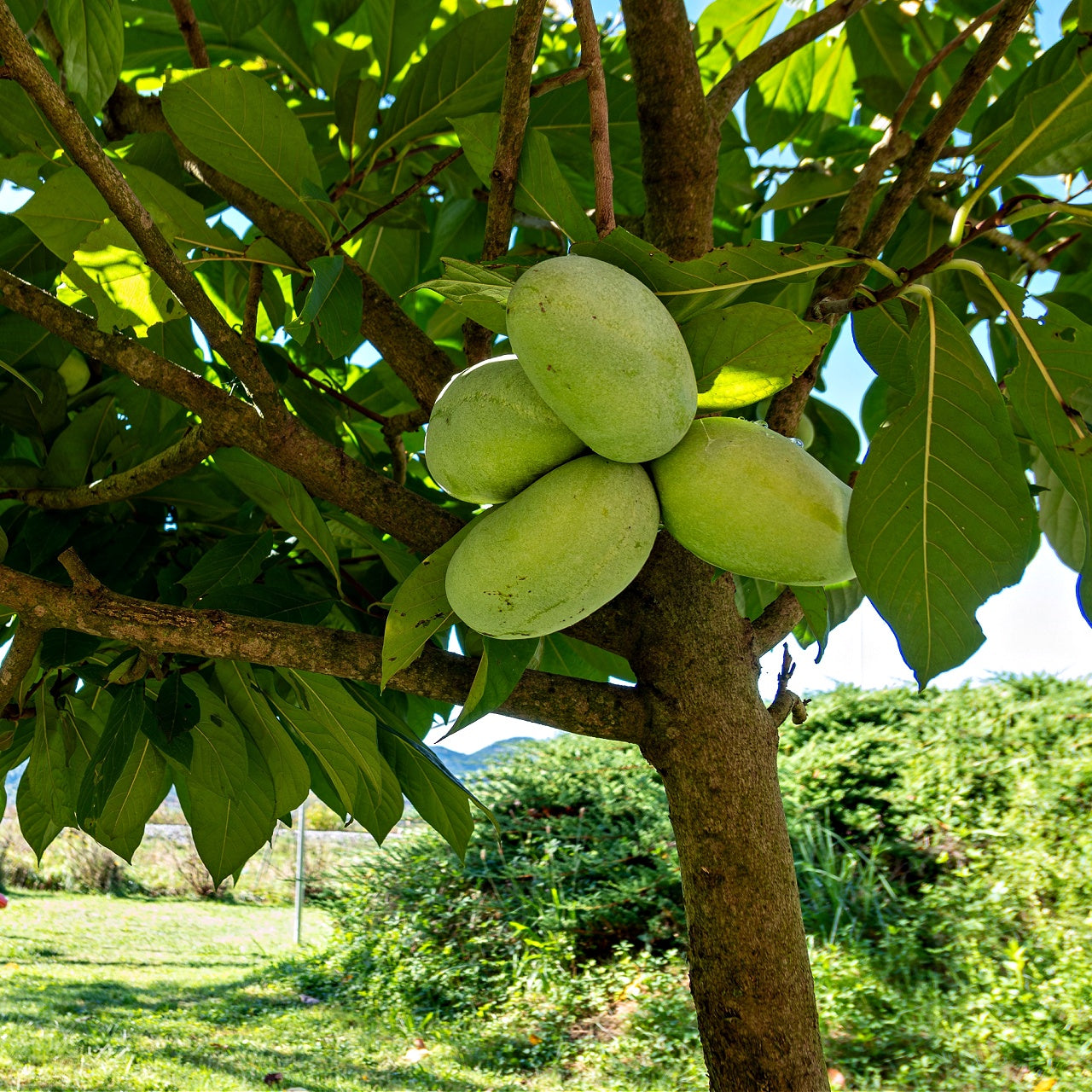
Types of Crepe Myrtles
Types of Crepe Myrtles
Crepe Myrtle Varieties
Crepe Myrtles are beautiful flowering trees that bloom in the summer. They are highly resistant to heat and droughts. They grow well in most soil types. Their blooms appear on new wood, so you should prune them in the winter or early spring. During the growing season, trimming off spent flowers will promote a second bloom. The trees are susceptible to mildew, but planting in full sunlight will inhibit the fungus. There are also hybrid crepe myrtles that are resistant to rust. Crepe myrtle trees make excellent privacy hedges or decorative borders. There are several different types of crepe myrtles to choose from, or they may be mixed and grown in clusters to produce a striking display.

The Natchez white crepe myrtle is often used in landscaping. It is a dwarf shrub or small tree. This hybrid was formed by crossing Lagerstroemia indica with a Lagerstroemia fauriei. They are widely grown in the southern part of the United States and extend into the northern states. The Natchez white crepe myrtle typically grows between 20 to 30 feet in height in southern areas, where it is the hardest. Its flowers grow in clusters and last longer than other flower plants. The blooms yield brownish-colored fruits that persist through the winter. Excessive fertilizing will diminish the tree’s blossoms. This variety of crepe myrtle is highly resistant to mildew. The red rocket crepe myrtle produces massive blooms all through autumn. Large, cherry red clusters bloom out in the spring. Some flowers are as large as 8 inches. During the autumn months, the foliage turns bright orange. Then it changes to crimson before returning to green in the spring for another spectacular display. The red rocket crepe myrtle grows approximately 20 to 30 feet in height and 8 to 10 feet in width. This plant is a natural plant to grow and requires very little maintenance. The tree grows outward with multiple stems but can be trained to have only one trunk. The purple crepe myrtle is a semi-dwarf variety that grows 6 to 10 feet in height and 5 to 6 feet in width when mature. It produces large clusters of dark purple blossoms. The foliage is dark reddish-orange when new but changes to dark, glossy green as it matures. This crepe myrtle is susceptible to mildew, black spot, and aphids. Regularly inspecting the trees will prevent damage by these organisms. They bloom best in full sunlight. The pink crepe myrtle has soft pink flowers beginning in the summer months. Its blooms take on an appealing contrast against the dark purple foliage. These trees grow to be 10 to 12 feet in height. They make excellent ornamental trees. You can also use them for privacy since they may spread 8 to 10 feet. Since they tend to spread as they grow, they should be planted 4 to 5 feet apart. The Pink Crepe Myrtle grows best and produces more blooms in full sunlight.
Products from the Article

Pink Crepe Myrtle






